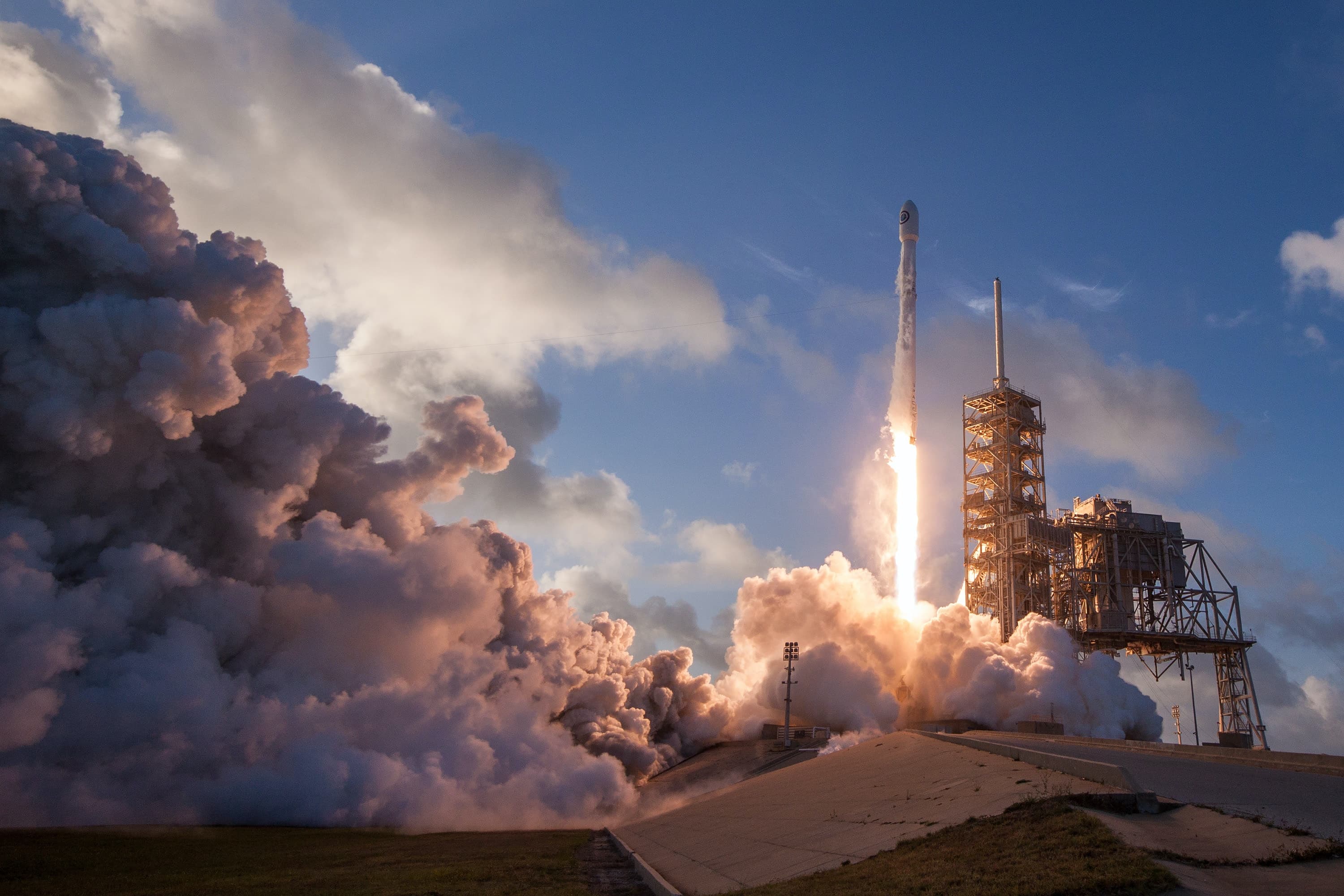Introduction
In a move to resurrect human exploration of the Moon, NASA is gearing up for the Artemis 2 flight under its ambitious Artemis program. Slated for next year, this mission will mark the first crewed lunar journey since the Apollo program that ended in the 1970s. Though the astronauts will not be touching down on the Moon, they will perform a flyby to rigorously test the Orion spacecraft. The mission will employ the NASA Space Launch System (SLS), the world's most enormous operational rocket at present. This article delves into the intricate details of the Artemis 2 mission, from the SLS's RS-25 engines to the numerous tests and upgrades that NASA has been laboriously working on.
The Core: SLS and RS-25 Engines
The SLS rocket's core stage is powered by four RS-25 engines, which are not exactly the newest kids on the block. These engines originally served as an upgrade to the Saturn V rocket engines used in the Apollo program. Their first flight was with the Space Shuttle Columbia back in 1981. Having undergone multiple upgrades, these engines were stored away after the Space Shuttle program was retired in 2011.
For Artemis 2, two of the RS-25 engines have a rich history, having flown multiple Space Shuttle missions. The other two are new but incorporate hardware from previous flights. All of these engines have been rigorously tested and prepared for their next significant assignment.
The Seasoned and the New
The engines powering the Artemis 2 mission are storage veterans that have been utilized in earlier Space Shuttle flights. Specifically, the two older engines have completed 20 missions between them, with one boasting 15 flights under its belt. These numbers add a layer of reliability to the Artemis 2 mission but also raise questions about the continued use of older technology in an industry that evolves rapidly.
Upgrades and Testing: The RS-25E
Recognizing the age of the RS-25 engines, NASA, along with its primary engine contractor for the SLS program, Aerojet Rocketdyne, has been busy upgrading the engines' design and manufacturing procedures. These upgraded engines, referred to as RS-25E, have been through multiple rounds of testing since the previous year.
As many as 12 tests have been conducted this year alone, focusing on various aspects of the engine, such as its gimballing systems and nozzles. The upgrades also feature a new powerhead and controllers. The powerhead is a crucial part of a rocket engine as it manages gas flow and other essential functions for optimal operation.
Assembly and Installation
The engines have now been securely fastened to the rocket at NASA's Michoud Assembly Facility in New Orleans. The next steps involve connecting their electrical and propulsion systems to the SLS core stage. This core stage is also accompanied by two solid rocket boosters, built by Northrop Grumman, capable of generating over eight million pounds of thrust.
The Orion Spacecraft and Launch Tower
While work on the SLS's engines is progressing steadily, NASA is also dedicating resources to complete the Orion spacecraft that will carry the astronauts. The launch tower for the Artemis 2 mission has also been moved to the launch pad, indicating that the mission's various components are coming together.
Conclusion
The Artemis 2 mission is a monumental step forward in humankind's lunar exploration goals. Though it is employing engines with a long history, NASA's meticulous upgrades and rigorous testing regimes ensure that these machines are more than ready for the challenges ahead.
As we eagerly await the launch next year, the ongoing work on Artemis 2 serves as a testament to human ingenuity and the relentless pursuit of extending our reach into the cosmos. The mission may not be landing on the Moon, but it is indeed a giant leap toward the future of space exploration.
